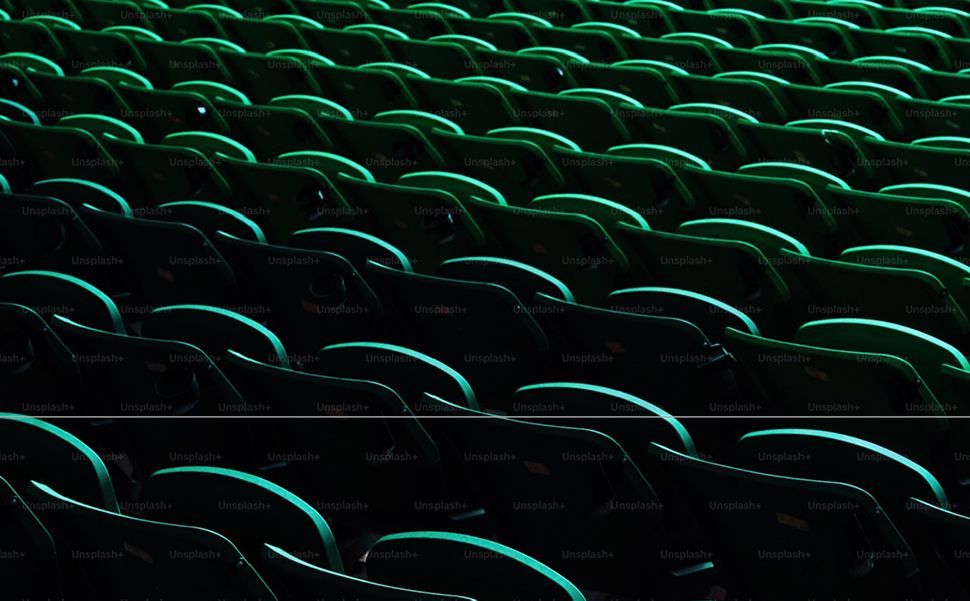Elevating Product Demonstrations Through Technology
AR and VR: Transforming Product Demonstrations
Elevating Product Demonstrations Through Technology
Technology's role extends beyond mere spectacle; it should forge resonant experiences. Augmented and Virtual Reality, now maturing beyond novelties, are redefining audience engagement with products. The ability to manipulate virtual prototypes, examine intricate 3D models, or inhabit an immersive brand environment shifts passive interest into active exploration. These technologies allow attendees to evaluate potential decisions more tangibly, fostering a deeper connection. Integrating motion tracking and object recognition creates fluid, intuitive interactions, guiding audiences through compelling product narratives.

Engaging Attendees with Interactive Displays
Effective presentations inform, intrigue, and stimulate curiosity. Large-format, high-resolution LED walls, interactive touchscreens, and object recognition systems aren't just about data presentation; they craft narratives. Anamorphic content creates illusions that immerse attendees in a product's dynamic context. These tools facilitate discovery, but their value lies in initiating meaningful conversations. A well-designed user journey, coupled with human interaction, elevates digital experiences into deeper, personal engagements.

Smart Lead Capture for Enhanced Engagement
Modern lead capture – QR codes, NFC, and AI-driven insights – transcends mere data collection. These tools identify behavioural patterns, gauge genuine interest, and provide real-time insights for refining engagement strategies. Seamless interactions allow visitors to transition effortlessly from curiosity to commitment. Subtlety is key; technology should augment, not replace, genuine human interaction.

Gamification: Fostering Active Participation
Effective gamification transforms passive onlookers into active participants. Motion tracking, holograms, and kinetic lighting elevate standard interactions into engaging scenarios that stimulate competition, curiosity, and emotional connection. The key is intuitive mechanics, organically aligned with the brand's message, offering a compelling reason to engage – be it exclusivity, reward, or irresistible design.

Hybrid Events: Bridging Physical and Virtual Experiences
In an era of blended digital and physical experiences, hybrid events must be intentionally designed. Simply broadcasting an in-person event is insufficient. Virtual attendees deserve equal engagement through high-resolution displays of live-streamed content, real-time interaction, and immersive visuals that transcend location. Anamorphic content combined with physical effects enhances the shared experience, making every participant feel integral to the event.

Balancing Technology with Human Connection
Spectacle draws attention, but substance converts. While cutting-edge visuals and interactive elements provide the initial appeal, human interaction solidifies interest. Despite technological advancements, attendees often need guidance to progress beyond superficial engagement. Tailoring interactions to individual buyer needs is crucial in B2B contexts, differentiating fleeting experiences from enduring business relationships.

Conclusion
Innovative event technologies are revolutionising audience engagement. However, while AR, VR, kinetic lighting, LED screens, and interactive solutions offer compelling experiences, the human element remains paramount. Exhibitors must ensure that technology enhances, rather than replaces, personal engagement, resulting in a more impactful and effective event experience.

